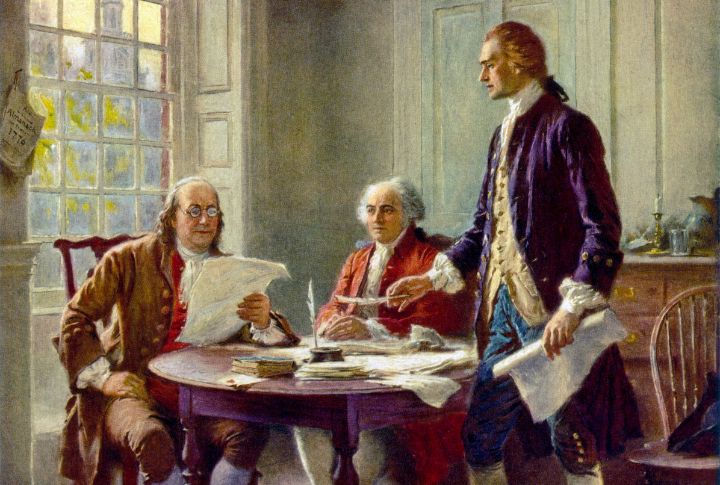
Imagine a version of American history where familiar tales like George Washington’s cherry tree incident or Paul Revere’s dramatic ride never happened. In reality, much of what we think we know is a blend of myth and fact. In this deep dive, we’re here to challenge popular beliefs by exposing 35 widely accepted but misleading myths about the nation’s past. Prepare to separate truth from fiction as we set the historical record straight.
The First Thanksgiving

Often depicted as a harmonious feast, the First Thanksgiving wasn’t the friendly, turkey-centric gathering we imagine. In reality, it was a complex event with a menu far from today’s traditional meal, and the relationship between Pilgrims and Native Americans was fraught with tension.
Betsy Ross Sewed the First Flag
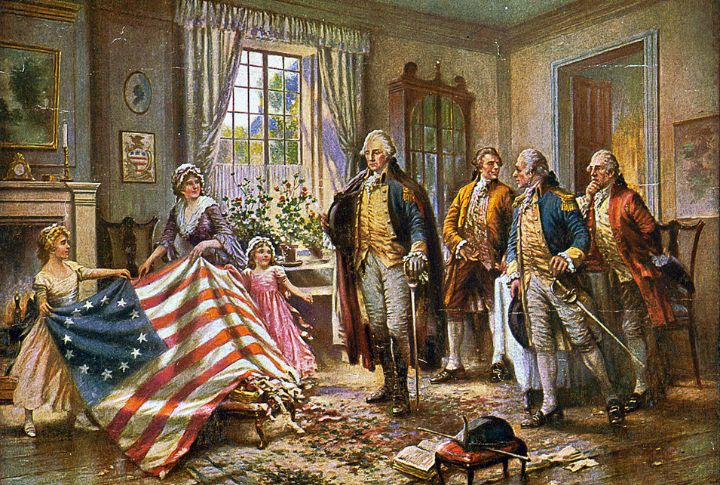
While Betsy Ross is credited with sewing the first American flag, no definitive evidence supports this claim. The story didn’t surface until a century later, making it more legend than fact.
Columbus Discovered America
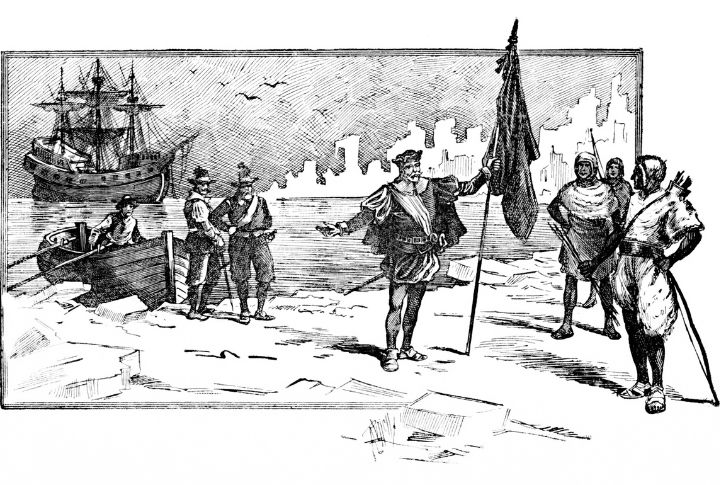
Christopher Columbus is often hailed for discovering America. Not only were indigenous peoples already present, but Norse explorer Leif Erikson also set foot on North American shores almost 500 years earlier.
Witches Burned at Salem
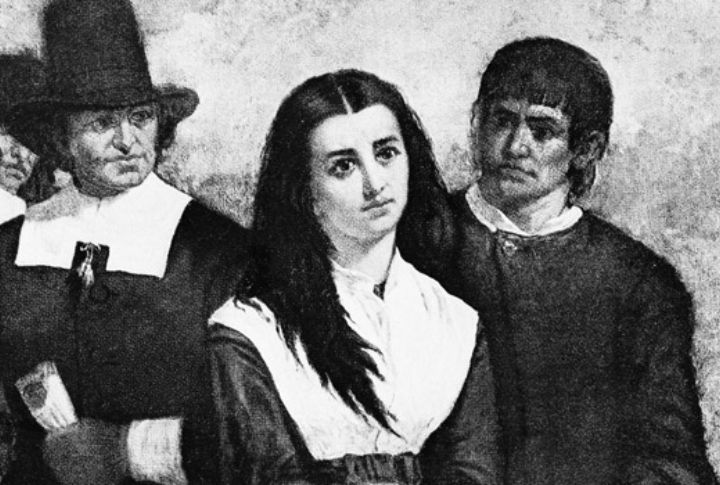
The tragic Salem witch trials are infamous, yet contrary to popular belief, none of the accused ‘witches’ were burned at the stake. The majority met their end through hanging, while others died in prison.
Benjamin Franklin’s Kite Experiment
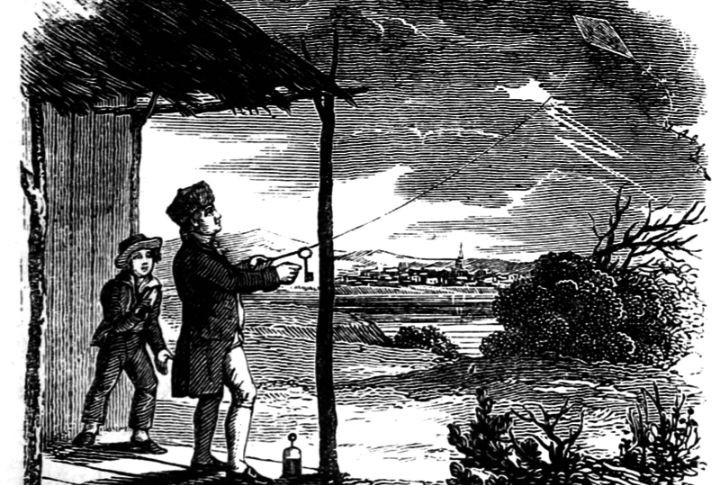
Benjamin Franklin’s famous kite experiment is a staple of American lore, but historians now question its accuracy. It’s believed Franklin was too brilliant to risk the deadly potential of lightning, suggesting the story was exaggerated.
The Wild West Showdowns

Hollywood loves a good Western standoff, but these dramatic duels were not a staple of the Old West. Gunfights did occur, but they were typically messier and less honorable than portrayed in films.
Paul Revere’s Midnight Ride
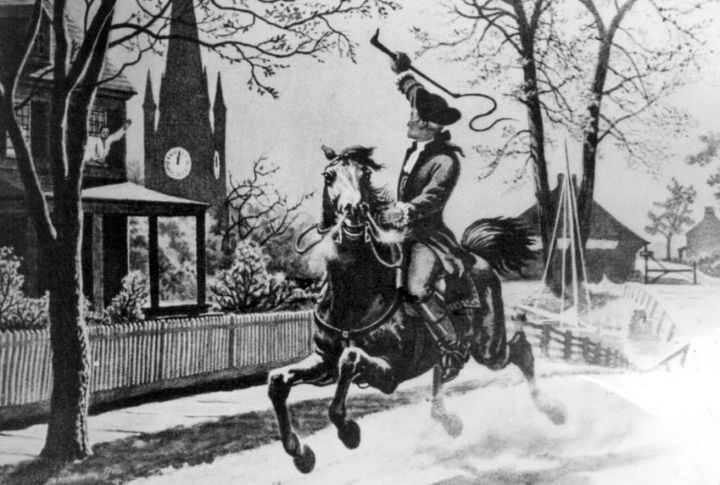
“Listen, my children, and you shall hear of the midnight ride of Paul Revere.” This poem etched Revere’s solo ride into history, but he was one of several riders and never completed the journey.
The Emancipation Proclamation Freed All Slaves

The Emancipation Proclamation was a monumental step, but it didn’t instantly free all slaves. It only applied to Confederate states, and slavery continued in border states until the 13th Amendment.
The Ironclad Battle of the Civil War
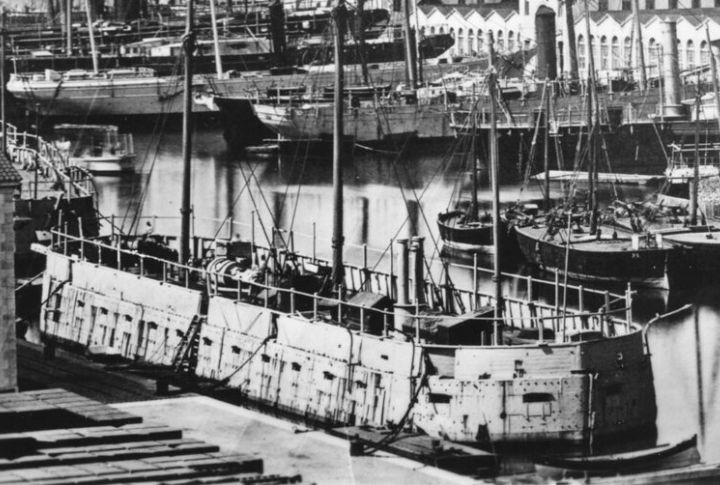
The Monitor and Merrimack are often celebrated for their iconic naval battle. However, the Merrimack had been renamed the CSS Virginia, and the struggle, while historic, was inconclusive. This clash marked the first meeting in combat of ironclad warships, signaling a new era in naval warfare.
The Lone Ranger Was Real

The Lone Ranger, a symbol of frontier justice, was purely fictional. Inspired by tales of lawmen and outlaws, this character was created for a radio show and later popularized on TV. The masked hero’s adventures captured Americans’ imagination, shaping the Wild West mythos.
Cowboys Wore Cowboy Hats
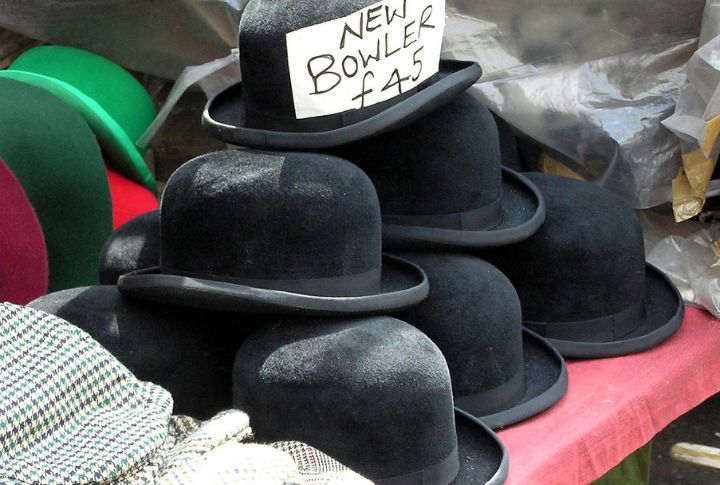
The iconic cowboy hat wasn’t the headgear of choice for early cowboys. They preferred bowlers, known as derby hats, which were more practical and sturdy. The wide-brimmed cowboy hat became famous later, thanks to Western movies.
The Boston Tea Party Was About High Taxes
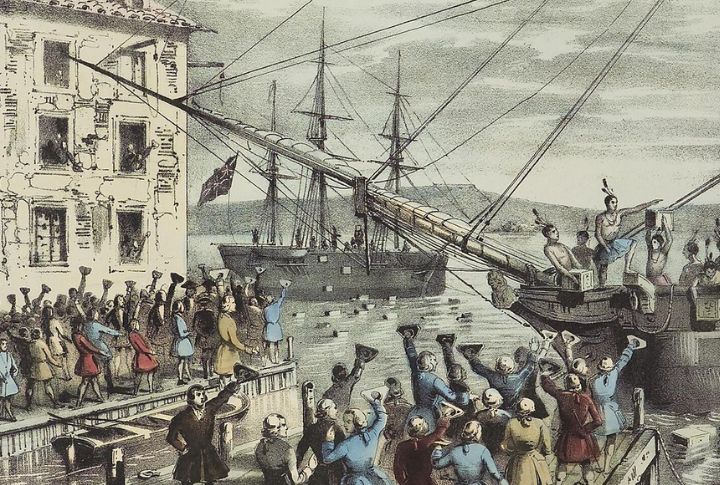
The Boston Tea Party was a protest against taxation without representation, not high taxes. The Tea Act had lowered the price of tea, but colonists were fighting for their right to self-governance. This act of defiance became a pivotal moment leading to the American Revolution.
July 4th marks the signing date of the Declaration of Independence
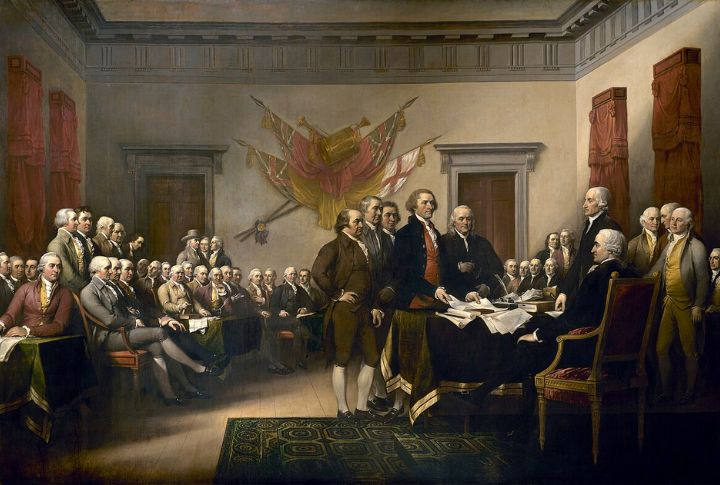
While July 4th is celebrated as Independence Day, the Declaration of Independence wasn’t signed that day. Most delegates signed it on August 2nd, and some signed even later. It is not the signing of the Declaration, but its adoption is celebrated on the Fourth of July.
George Washington’s Wooden Teeth
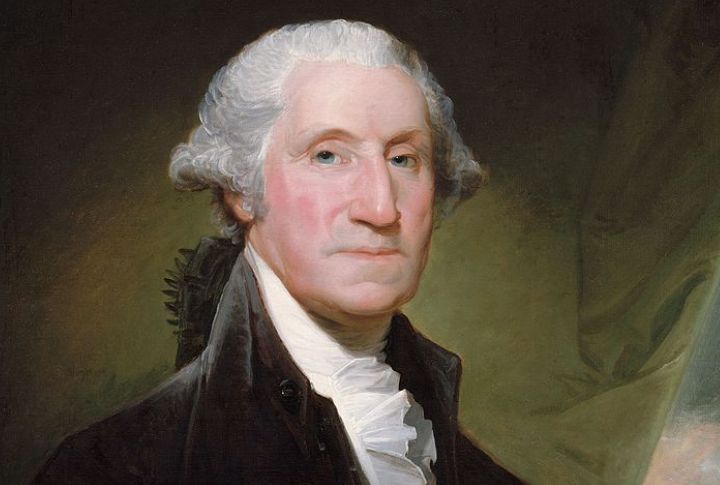
George Washington suffered from dental problems, but his dentures weren’t made of wood. They were a combination of human, cow, and horse teeth and ivory. These dentures were uncomfortable and discolored, contributing to the wooden teeth myth.
The Liberty Bell Cracked on Independence Day
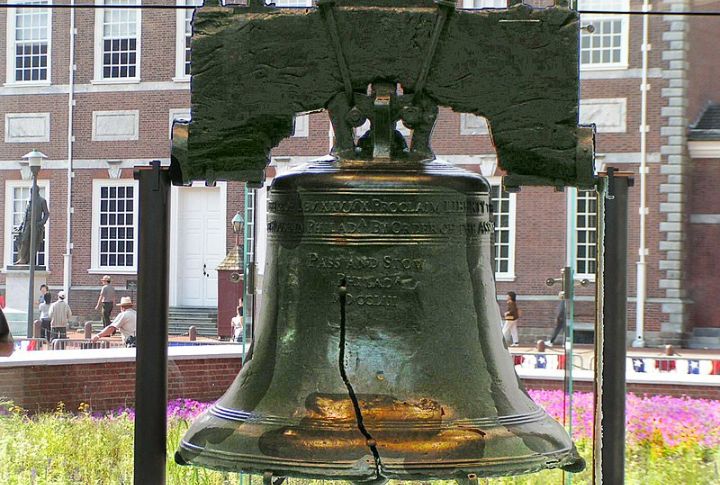
The Liberty Bell symbolizes freedom but didn’t crack on July 4th. The bell cracked years later, and the exact date is unknown. The bell was recast multiple times due to flaws, and its famous crack occurred after many years of use.
The Midnight Ride of Sybil Ludington
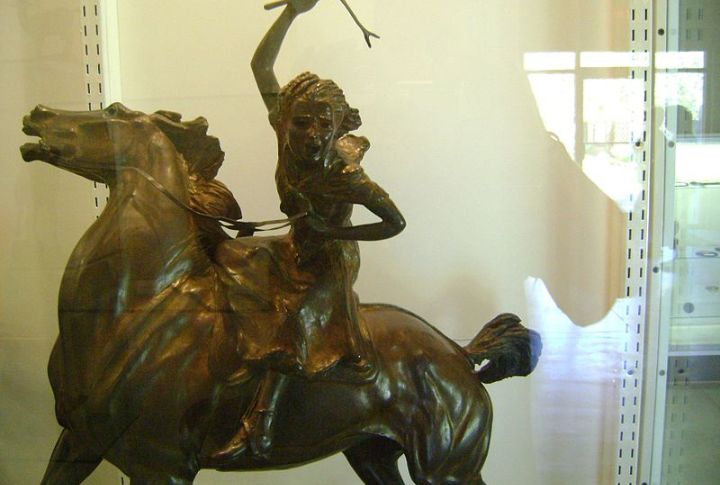
A common myth suggests that Sybil Ludington’s midnight ride was insignificant compared to Paul Revere’s. However, her ride was crucial in rallying local militia to resist British forces, and she rode twice the distance of Revere.
Bunker Hill Was the Site of the Battle of Bunker Hill
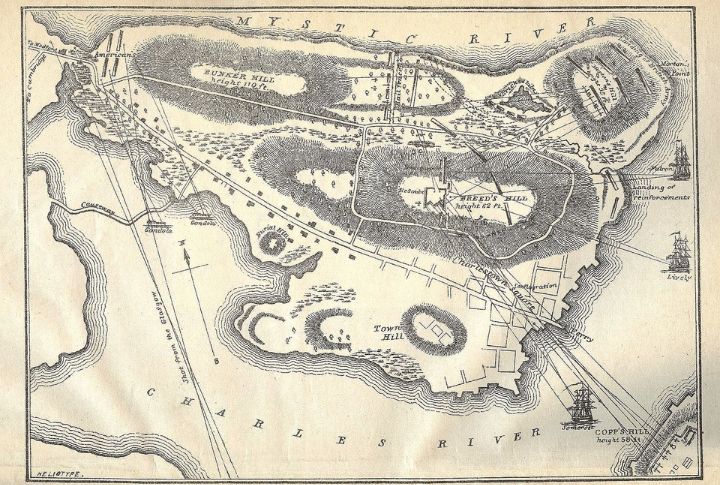
The famous Battle of Bunker Hill wasn’t fought on Bunker Hill. It primarily occurred near Breed’s Hill, but the name Bunker Hill stuck. This misnomer has persisted in history books despite the geographical inaccuracy.
The Statue of Liberty’s Tablet Is a Declaration of Independence
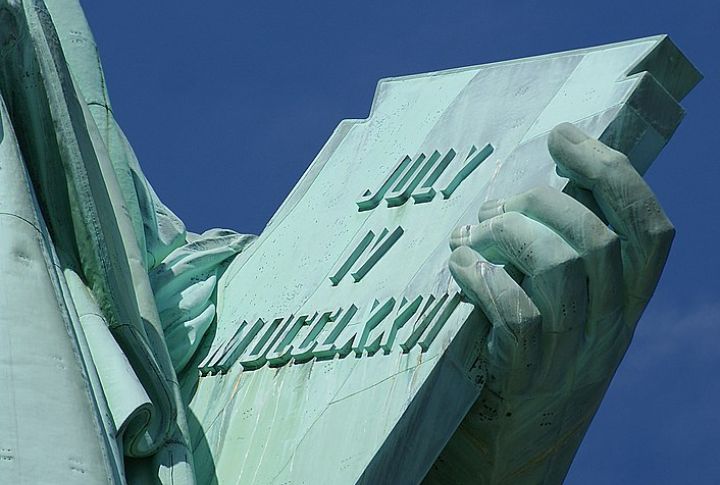
Many believe the tablet in the Statue of Liberty’s hand represents the Declaration of Independence, but it’s inscribed with the date of the American Declaration in Roman numerals: JULY IV MDCCLXXVI (July 4th, 1776). The statue was a gift from France to celebrate America’s centennial of independence.
The Gold Rush Towns Were Lawless
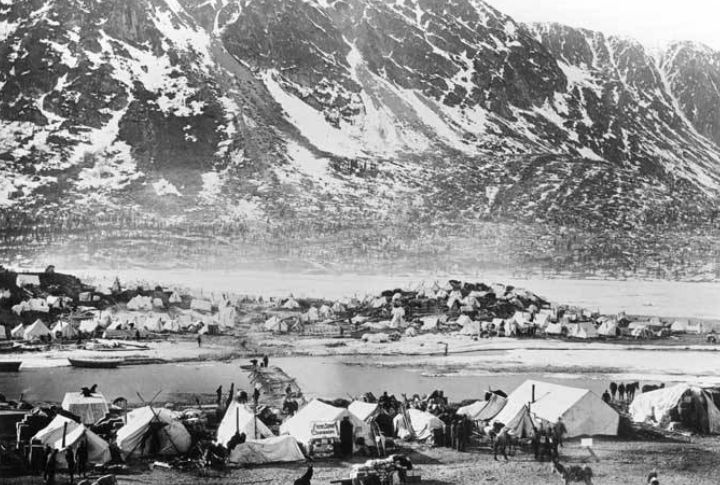
Gold Rush towns have a reputation for lawlessness, but they quickly established legal systems. Vigilance committees and miners’ courts were common. These systems were often the first forms of organized justice in the rapidly growing mining communities.
The Pilgrims Landed on Plymouth Rock
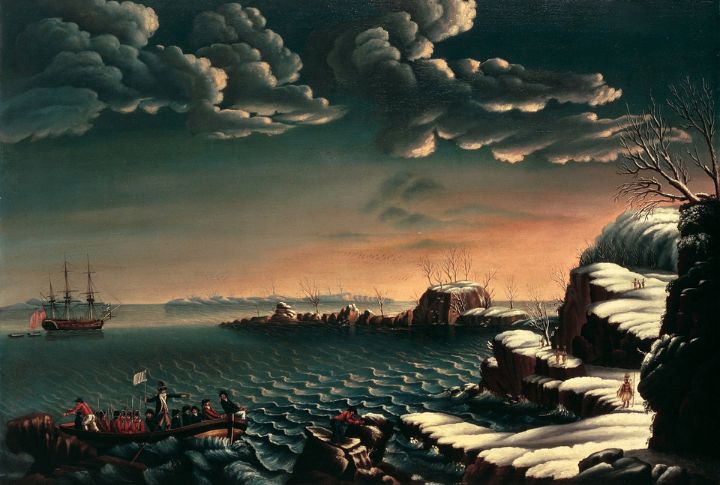
The Pilgrims’ landing spot is famously known as Plymouth Rock, but there’s no historical evidence they landed on this specific rock. It’s a symbol created much later to commemorate the event. The rock was identified over a century later and has since been a site of veneration and tourism.
Thomas Edison Invented the Light Bulb
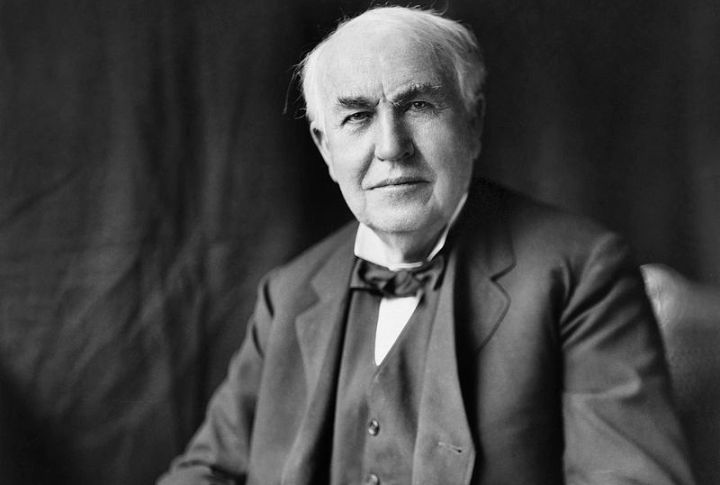
It’s a common misconception that Thomas Alva Edison formulated the light bulb; rather, he significantly improved it. His contribution was creating a durable carbon filament and a practical bulb design, leading to his 1879 patent. Before him, Sir Humphry Davy demonstrated an electric arc lamp in the early 1800s. Joseph Swan, a British physicist, developed an incandescent bulb that predated Edison’s.
Al Capone Was Caught for His Violent Crimes
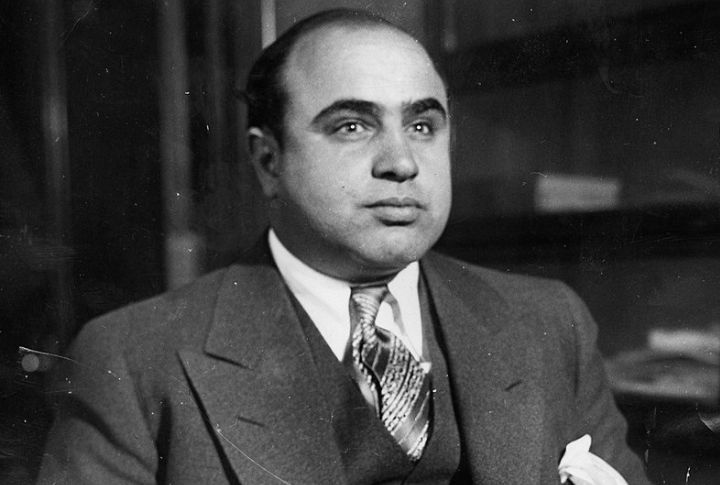
Al Capone’s notorious reign ended not due to his violent acts but because of tax evasion. Despite his involvement in bootlegging, prostitution, and murder, including the St. Valentine’s Day Massacre, law enforcement couldn’t secure sufficient evidence to convict him for these crimes. Instead, meticulous financial investigations led to his 1931 conviction for tax evasion.
Henry Ford Invented the Automobile
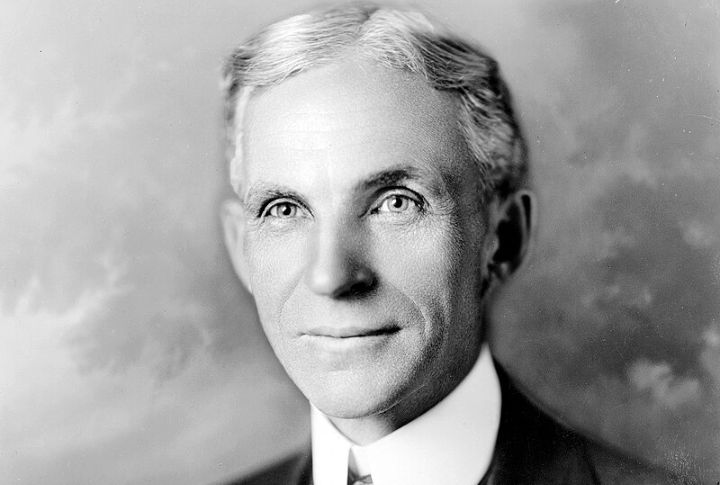
Henry Ford is often credited with inventing the automobile, but it was Karl Benz who developed the first practical vehicle in 1885. Ford’s real innovation came in 1913 with the introduction of the assembly line, which revolutionized car production. This breakthrough drastically cut costs and production times, making cars more affordable and accessible. By streamlining efficiency and standardizing parts, Ford transformed transportation.
The Gettysburg Address: Penned on the Back of an Envelope
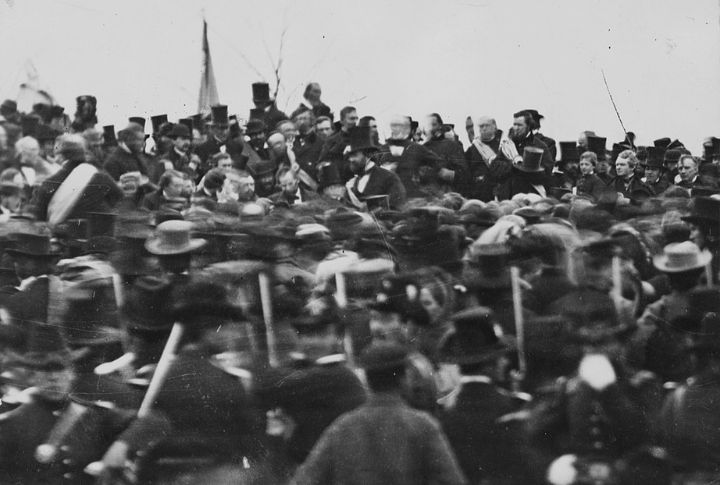
Despite common misconceptions, Abraham Lincoln did not pen the Gettysburg Address on the back of an envelope. He prepared it carefully, drafting it on standard sheets of paper. Delivered on November 19, 1863, the address redefined the Civil War’s purpose, emphasizing national unity and equality. Initially met with mixed reactions, Lincoln’s brief but profound speech is now one of American history’s most celebrated orations.
Manifest Destiny Was Universally Accepted
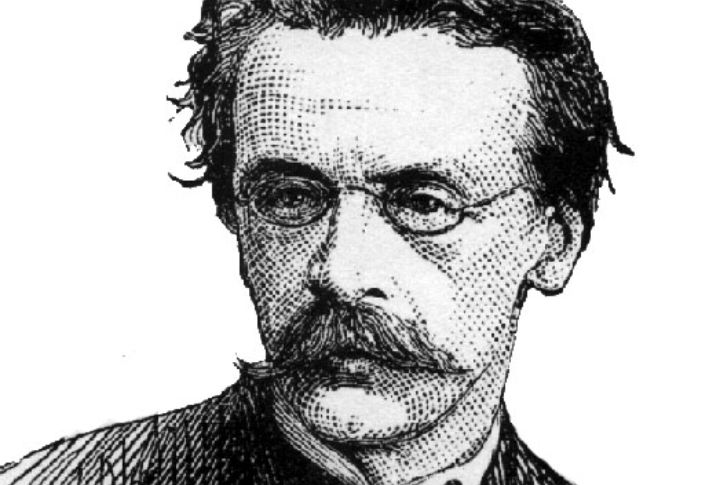
The belief that Americans were destined to expand across the continent, known as Manifest Destiny, wasn’t universally accepted. Many Americans, including prominent figures and abolitionists, opposed it due to its implications for Native Americans and the spread of slavery. Critics argued that expansionism often led to unjust wars and displacement of indigenous inhabitants.
The Gold Rush Started in California
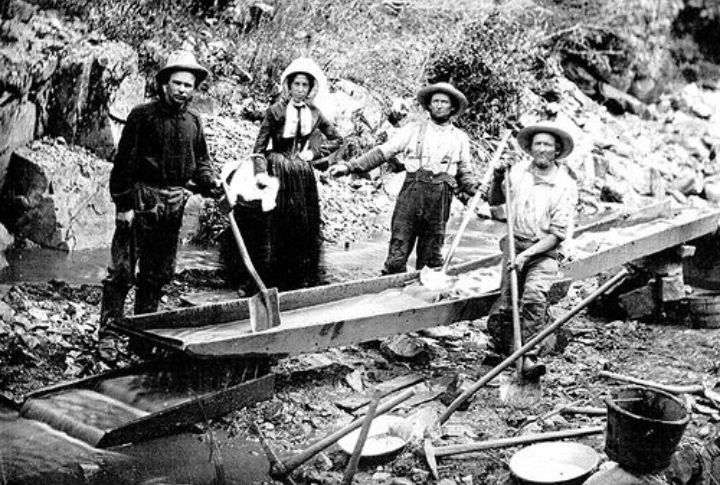
North Carolina was the site of the initial prominent gold rush in the United States in 1799 when Conrad Reed founded a large gold nugget on his family’s farm. The California Gold Rush of 1848-1855 is more famous and brought hundreds of thousands to the West. James W. Marshall’s discovery at Sutter’s Mill triggered this rush.
Salem Witch Trials Were the First Witch Hunts in America

Witch hunts in America did not begin with the Salem witch trials of 1692. Connecticut conducted earlier trials between 1647 and 1697, resulting in the execution of eleven people. The hysteria in Salem involved over 200 accusations and 20 executions, becoming infamous for its scale. These events highlighted the dangers of mass hysteria and led to calls for judicial reform.
The New Deal Ended the Great Depression

Introduced by President Franklin D. Roosevelt, the New Deal provided relief but didn’t end the Great Depression. Social Security and the Works Progress Administration helped alleviate poverty and unemployment. However, World War II’s economic boom entirely concluded the Depression. By 1941, the U.S. economy had recovered mainly due to increased industrial activity and government spending.
Pocahontas and John Smith Were in Love

Pocahontas and John Smith did not share a romantic relationship; she was about 11 when they met. She later married John Rolfe, an English settler, in 1614, which helped establish peace between the English and Powhatan natives. Her life and marriage to Rolfe were critical to the survival of the Jamestown colony.
The U.S. Was Always a Two-Party System

Today’s two-party system has deep historical roots but wasn’t always the norm. Initially, there were no organized political parties. Emerging in the 1790s, the first parties, the Federalists and Democratic-Republicans, were led by Alexander Hamilton and Thomas Jefferson. The party system progressed with shifts such as the rise of the Whig Party and the formation of the Republican Party in the 1850s.
All Founding Fathers Owned Slaves
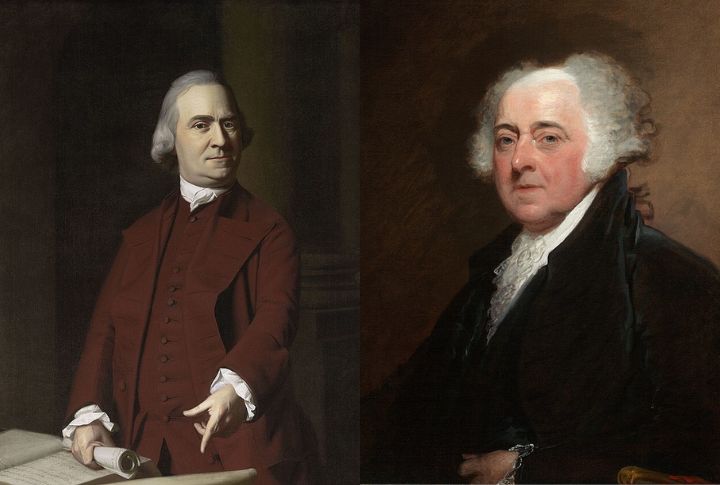
Prominent figures like John Adams and Samuel Adams opposed slavery and didn’t hold captives. George Washington and Thomas Jefferson enslaved people but expressed conflicting views on the institution. Washington freed his slaves in his will, reflecting the varied stances on enslavement among the nation’s founders.
Women Didn’t Fight in the Civil War

In the Civil War, numerous women took on male disguises to actively participate in combat. Sarah Edmonds and Frances Clayton enlisted under male aliases and served on both sides. Additionally, womenfolk acted as spies, nurses, and supporters and demonstrated courage and resourcefulness, challenging traditional gender roles and contributing significantly to the war effort.
The U.S. Entered WWII Solely Because of Pearl Harbor

While Pearl Harbor was the immediate trigger, the U.S. wasn’t solely driven by the attack. Nazi aggression in Europe and Japan’s expansion in Asia had already caused alarm and led to aid for Britain. A shift away from isolationism and a growing sense of responsibility to fight tyranny also played a part. So, while Pearl Harbor’s devastation solidified public opinion, the U.S. path to war was paved long before.
American Indians Had No Concept of Property
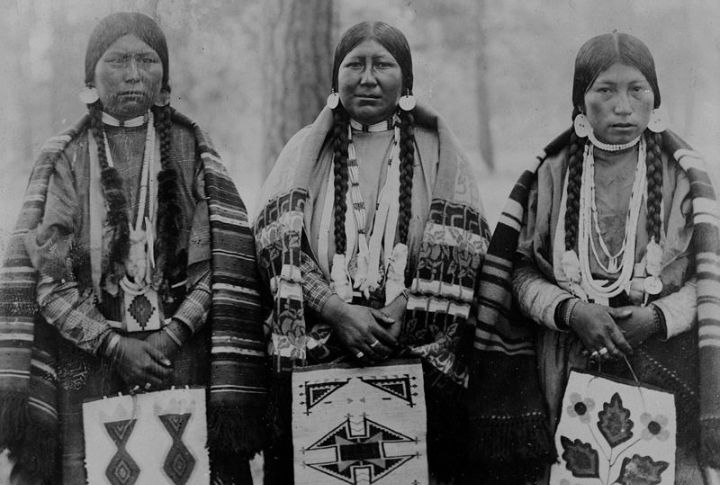
Native American tribes had complex land use and ownership structures, though their concepts of property often differed from European notions. Tribes such as the Iroquois and Cherokee managed communal lands and had well-defined territories. Land was commonly considered a shared resource rather than an individual asset.
The Alamo Defenders Fought for Texas Independence

There was more to the battle at the Alamo than just a fight for autonomy; it was also a fight to maintain slavery. When Mexico banned enslavement in 1829, Texan plantation owners sought to retain it. After Santa Anna’s defeat, Texas gained independence and quickly reinstated slavery, revealing complex motives behind the conflict.
The Great Chicago Fire Was Started by Mrs. O’Leary’s Cow

The story about Mrs. O’Leary’s cow kicking a lantern and starting the Great Chicago Fire is unlikely to be true. The real cause of the fire is unknown to this day, and Mrs. O’Leary was exonerated by the Chicago City Council in 1997.
Einstein Failed Math
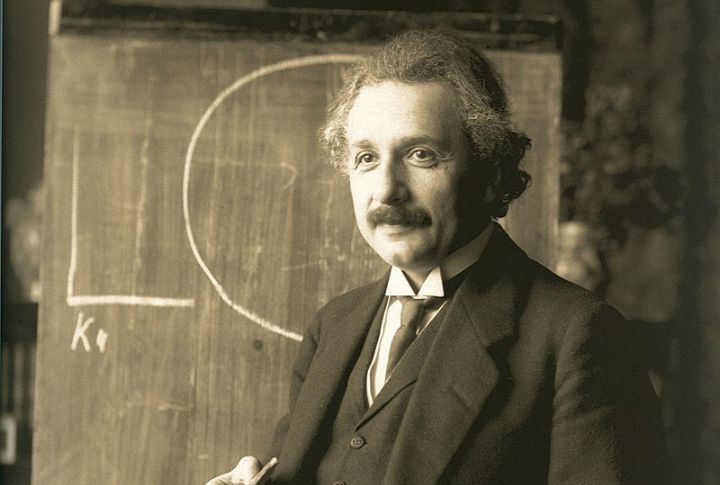
Albert Einstein did not fail math. By the time he was a teenager, he had already mastered differential and integral calculus. In fact, Einstein was an excellent student with a deep understanding of complex mathematical concepts.
John F. Kennedy Won the 1960 Election Thanks to Television
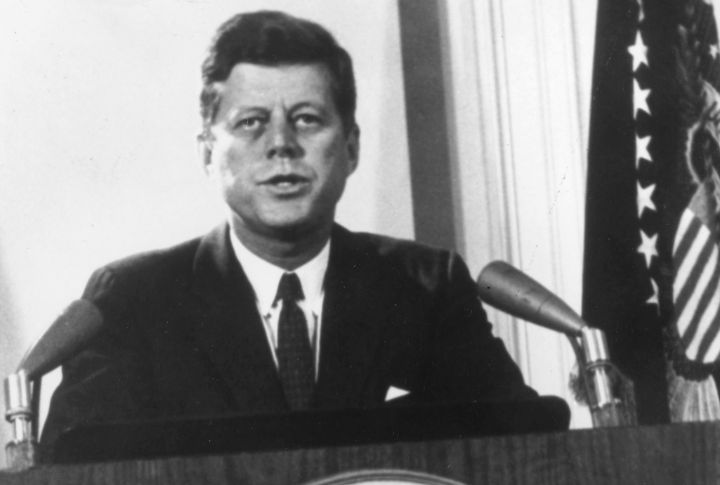
While televised debates played a role in the 1960 election, Kennedy’s victory cannot be solely attributed to them. Factors like campaign strategy, voter turnout, and political dynamics contributed significantly. Nixon’s poor television presence was just one aspect of a complex election.
The Roswell Incident Involved Alien Spacecraft
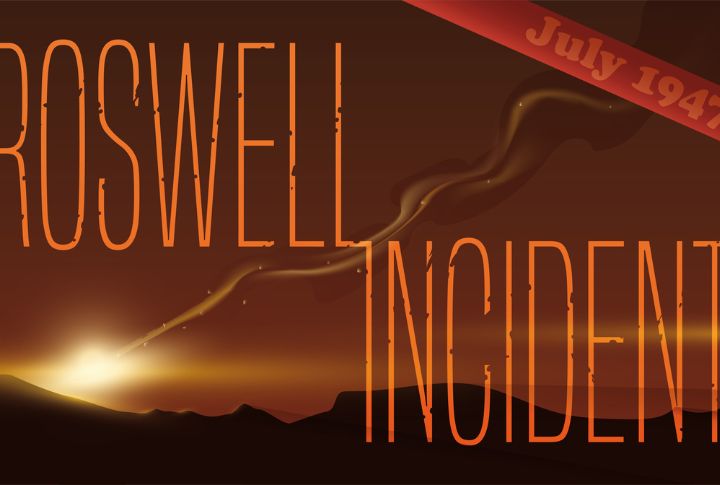
There was no alien spacecraft involved in the Roswell incident of 1947, but rather a military balloon. U.S. Air Force officials later revealed that the balloon was part of a top-secret nuclear detection project called Project Mogul. The alien myth has been perpetuated by conspiracy theories and pop culture.
Thomas Edison Electrocuted an Elephant to Discredit AC Power
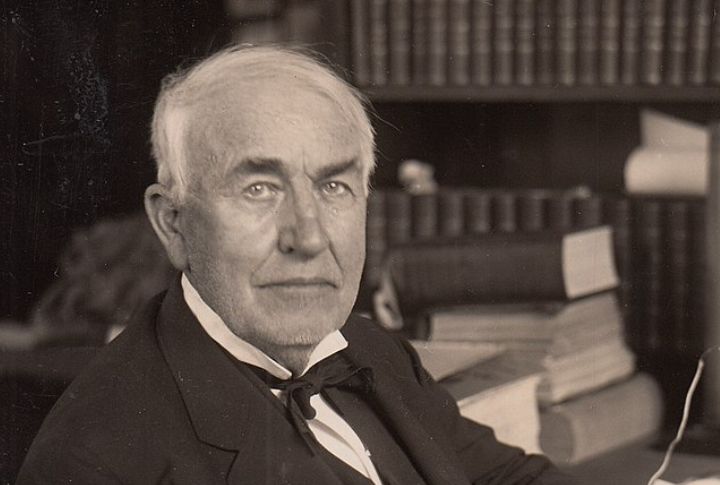
Contrary to common belief, Thomas Edison did not electrocute Topsy the elephant to discredit alternating current (AC) power. The event was part of a public execution at Luna Park in Coney Island, and Edison had no involvement with the incident. The myth stems from Edison’s earlier attempts to demonstrate the dangers of AC power and some other cases of animal electrocution.
The U.S. Civil War Was Primarily About States’ Rights

Although state rights were a major issue, slavery was the main cause of the U.S. Civil War. As indicated in their secession declarations, Southern states seceded to protect slavery. While states’ rights were often cited as justification, slavery was the main issue.
The Pilgrims Were Searching for Religious Freedom
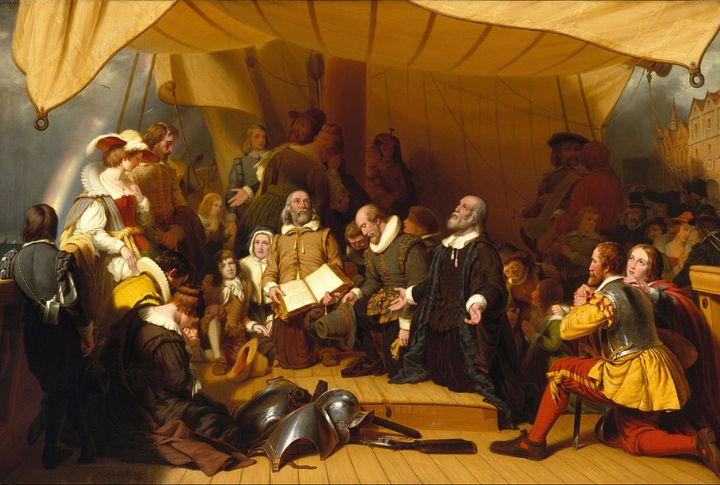
The Pilgrims sought to escape religious persecution in England but initially moved to the Netherlands for religious freedom. Dissatisfaction with economic opportunities and cultural integration in the Netherlands led them to seek a new life in America. Their journey was as much about economic and social factors as religious ones.
Abner Doubleday Invented Baseball
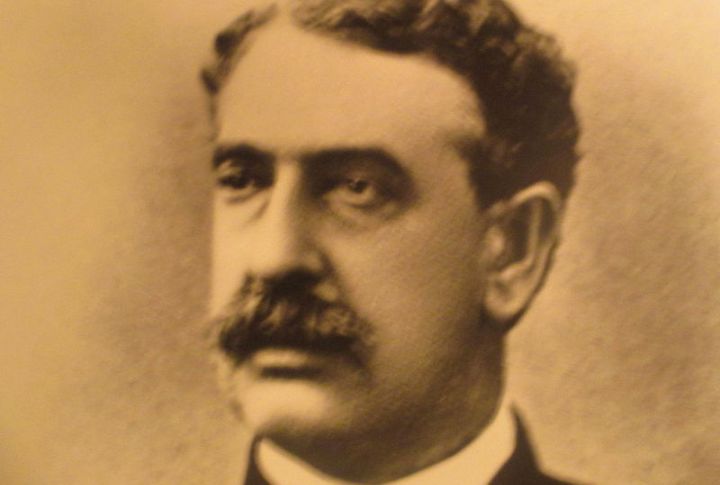
There is no evidence that Abner Doubleday invented baseball. The myth originated from a 1907 commission that sought to identify the game’s origins. Evidence indicates baseball evolved from older bat-and-ball games brought to North America by European immigrants.
Pocahontas Saved John Smith’s Life
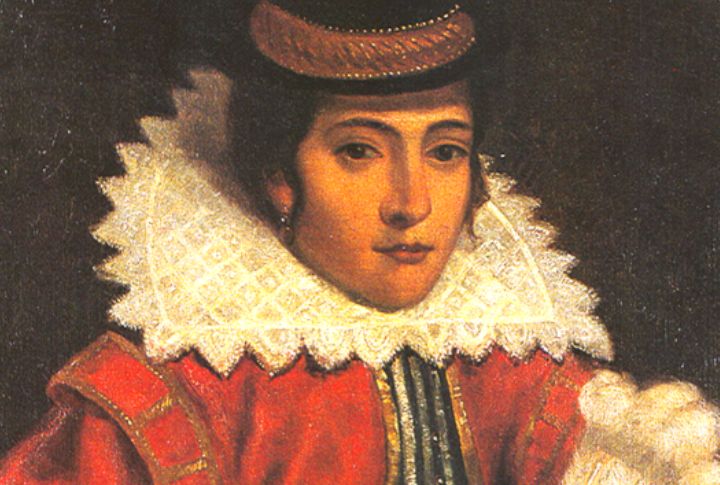
In addition to Smith’s own conflicting accounts, there is a lack of evidence corroborating the story of Pocahontas saving John Smith from execution. The tale fits a common motif of a noble savage helping a European, which casts doubt on its authenticity.
Washington D.C. Was Always the U.S. Capital
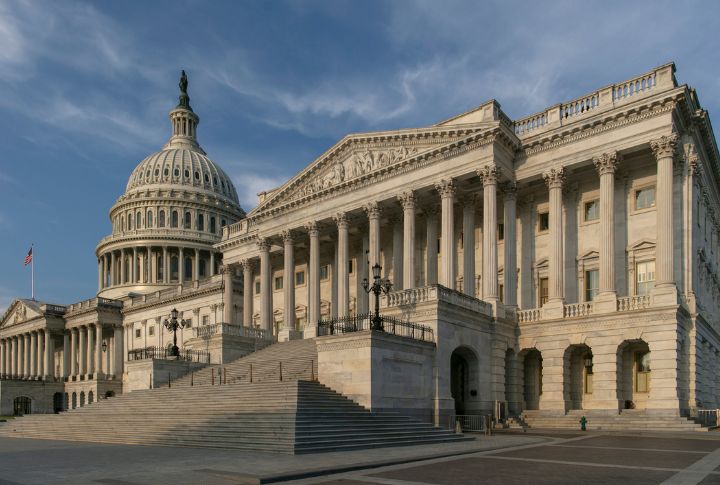
Initially, the United States did not have a capital in Washington, D.C.. In 1800, the government moved to Washington, D.C., from New York City and Philadelphia, which both served as temporary capitals. The decision to build a new capital was part of a compromise between northern and southern states.
The Pony Express Was a Major Postal Service
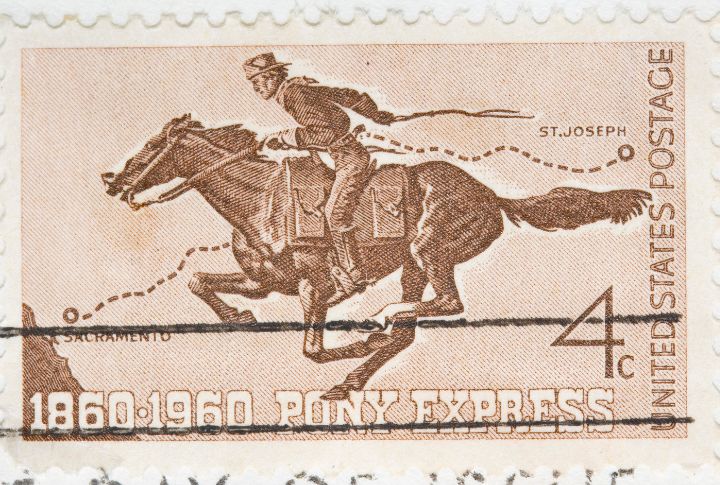
Even though Pony Express is often romanticized as a significant postal service, it only operated for 18 months. It was quickly rendered obsolete by the completion of the transcontinental telegraph. Despite its short life, it left a lasting legacy in American folklore
The American Revolution Had Unanimous Support
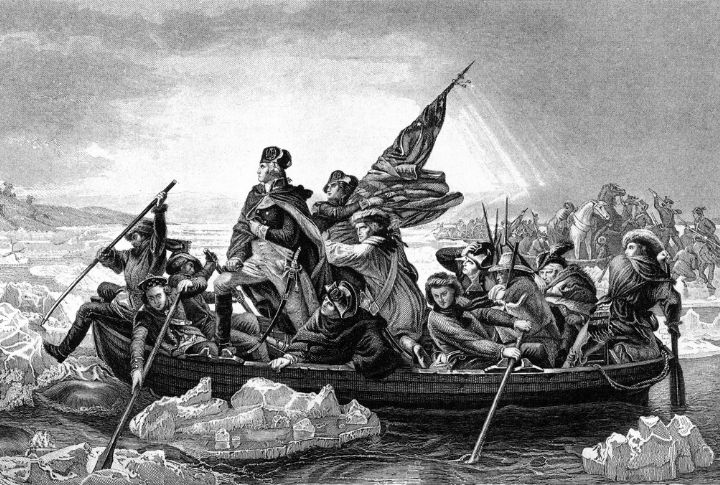
Support for the American Revolution was not unanimous among colonists. About one-third of the population remained loyal to the British crown, while another third was indifferent. The revolutionaries, or Patriots, had to work hard to gain and maintain support for their cause.
The Underground Railroad Was a Real Railroad
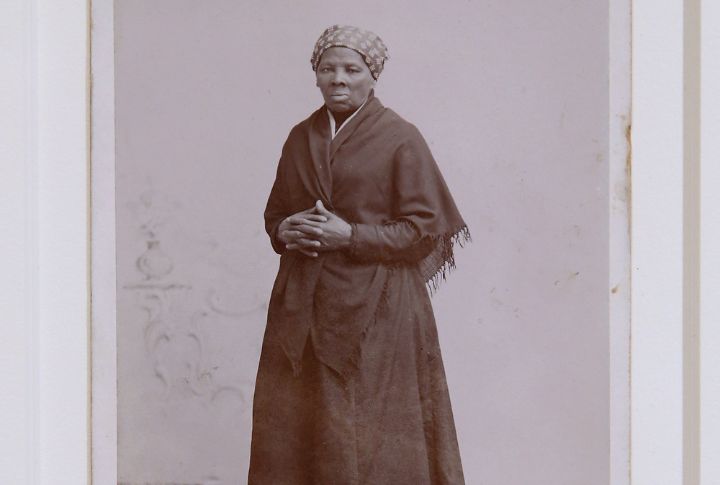
The Underground Railroad was not a real railroad; rather, it was a network of safe houses and secret routes that allowed enslaved African Americans to escape to free states and Canada. Conductors like Harriet Tubman guided escapees, using coded language and signals to evade capture.
The U.S. Was Always a Democracy
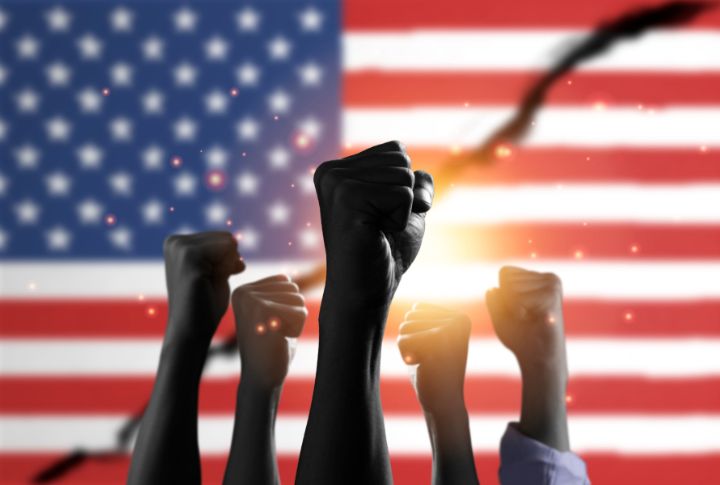
According to modern standards, the United States wasn’t always a true democracy. Voting rights were initially restricted to white male property owners. However, the 15th and 19th Amendments allowed all citizens to vote regardless of race and gender after many years of social and political change
